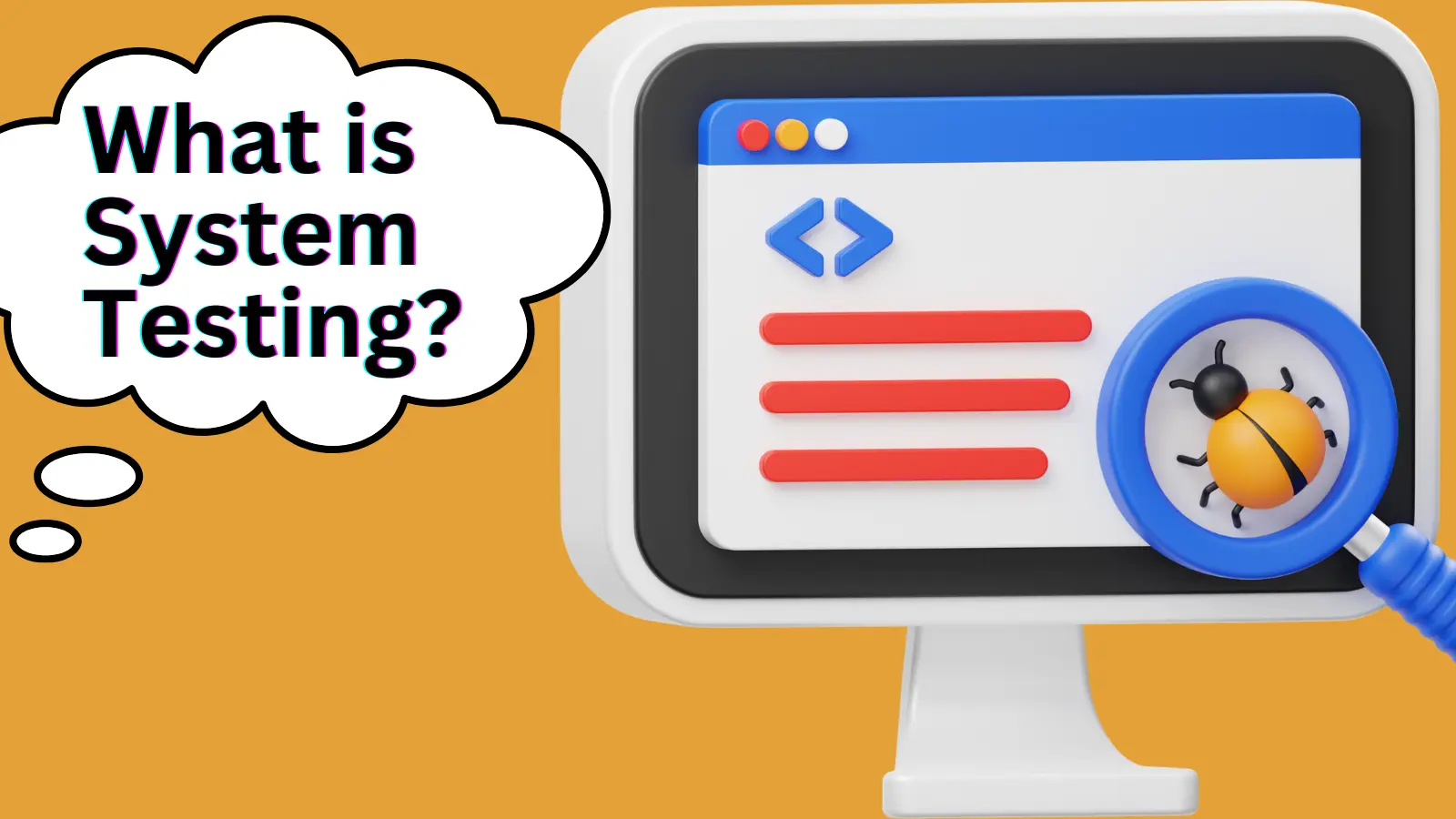Discover what system testing entails, its importance, methodologies, and best practices. Dive into this comprehensive guide to understand the intricacies of system tests and ensure your software is robust and reliable.
Table of Contents
Introduction
In the realm of software development, ensuring the reliability and functionality of a system is paramount. System testing, a crucial phase in the software testing lifecycle, plays a pivotal role in validating the behavior of the entire system. But what exactly is system testing? In this detailed article, we’ll explore the ins and outs of system tests, from its definition to methodologies and FAQs, providing you with a comprehensive understanding of this critical process.
Understanding System Testing
System testing, often referred to as end-to-end testing, is a level of software testing where a complete, integrated system is evaluated to verify that it meets specified requirements. This phase focuses on testing the system as a whole, rather than individual components, to ensure that all elements function together seamlessly. System tests aims to identify defects and ensure the system operates as intended in various scenarios, mimicking real-world usage.
Importance of System Testing
System Tests hold immense significance in the software development lifecycle for several reasons:
Ensuring Quality and Reliability
By subjecting the entire system to rigorous testing, organizations can identify and rectify defects, enhancing the overall quality and reliability of the software.
Validating Requirements
System tests validate whether the system meets the specified requirements and functionalities outlined during the design phase, ensuring alignment with client expectations.
Risk Mitigation
Identifying and addressing issues during system test, helps mitigate risks associated with software failures, safeguarding against potential financial losses and reputational damage.
Enhancing User Experience
By uncovering usability issues, performance bottlenecks, and other concerns, system tests contribute to enhancing the overall user experience, fostering customer satisfaction.
Regulatory Compliance
For industries with stringent regulatory requirements, such as healthcare and finance, thorough system tests are essential for compliance and adherence to standards.
The Process of System Testing
System Tests typically follows a structured approach, encompassing various stages to ensure comprehensive evaluation. Below are the key steps involved in the process:
1. Test Planning
Before commencing system test, a detailed test plan is devised, outlining objectives, scope, resources, timelines, and testing methodologies.
2. Test Case Development
Test cases are created based on requirements and design documents, covering different scenarios and functionalities of the system.
3. Test Execution
During this phase, the test cases are executed, and the system’s behavior is observed and compared against expected outcomes.

4. Defect Reporting and Tracking
Any defects identified during testing are logged, reported, and tracked using dedicated defect tracking tools to ensure timely resolution.
5. Regression Testing
After defect fixes or system enhancements, regression testing is performed to ensure that existing functionalities remain unaffected.
6. Performance Testing
In addition to functional testing, performance testing is conducted to assess the system’s responsiveness, scalability, and reliability under varying load conditions.
7. User Acceptance Testing (UAT)
UAT involves end-users validating the system to ensure it meets their business needs and requirements before deployment.
System Testing vs Integration Testing
In the realm of software development, distinguishing between system testing and integration testing is crucial for ensuring the seamless functioning of complex systems. System testing involves evaluating the entire software system as a cohesive unit to ensure it meets specified requirements and functions as intended in various real-world scenarios. On the other hand, integration testing focuses on verifying the interactions and interfaces between individual components or modules, ensuring they integrate smoothly without any communication issues. To better illustrate the differences between these two testing methodologies, let’s compare them in a table:
| Aspect | System Testing | Integration Testing |
|---|---|---|
| Scope | Evaluates the entire system as a cohesive unit. | Focuses on verifying interactions between integrated components. |
| Timing | Occurs after integration testing and before user acceptance testing. | Performed during the development process, incrementally integrating components. |
| Focus | Verifies overall system functionality. | Checks the seamless integration of individual modules. |
| Objective | Ensures the system meets specified requirements and functions as intended. | Validates smooth integration of components without communication issues. |
Understanding these distinctions is essential for software development teams to effectively plan and execute testing strategies, ultimately delivering robust and reliable software solutions.
Conclusion
In conclusion, system testing serves as a cornerstone of software quality assurance, ensuring that systems meet specified requirements, perform reliably, and deliver optimal user experiences. By understanding the intricacies of system tests and adhering to best practices, organizations can minimize risks, enhance product quality, and drive customer satisfaction.
FAQs (Frequently Asked Questions)
What is the purpose of system testing?
System testing verifies that the integrated system functions correctly as a whole, ensuring it meets specified requirements and standards.
How are system tests different from unit tests?
While unit testing focuses on testing individual components or modules in isolation, system testing evaluates the entire system’s functionality in an integrated environment.
What are some common methodologies used in system testing?
Common methodologies include black-box testing, white-box testing, acceptance testing, regression testing, and exploratory testing.
Is system testing only conducted once during the software development lifecycle?
No, system tests are typically performed iteratively throughout the development lifecycle to ensure ongoing quality assurance and validation.
What role does automation play in system tests?
Automation tools and scripts are often used in system testing to streamline the testing process, increase efficiency, and achieve broader test coverage.
How can organizations ensure effective system test strategy?
Effective system test strategy requires thorough planning, clear documentation, collaboration between stakeholders, and leveraging appropriate testing tools and methodologies.
